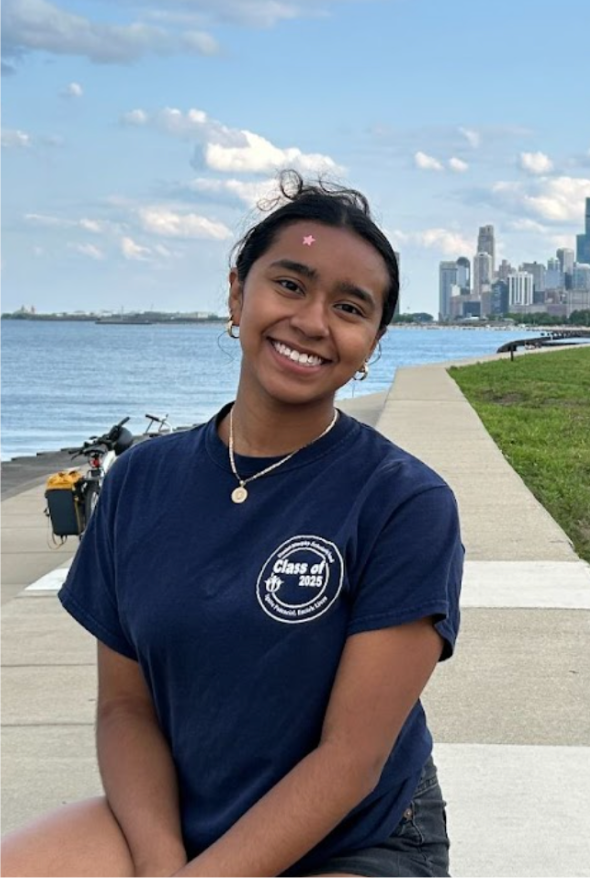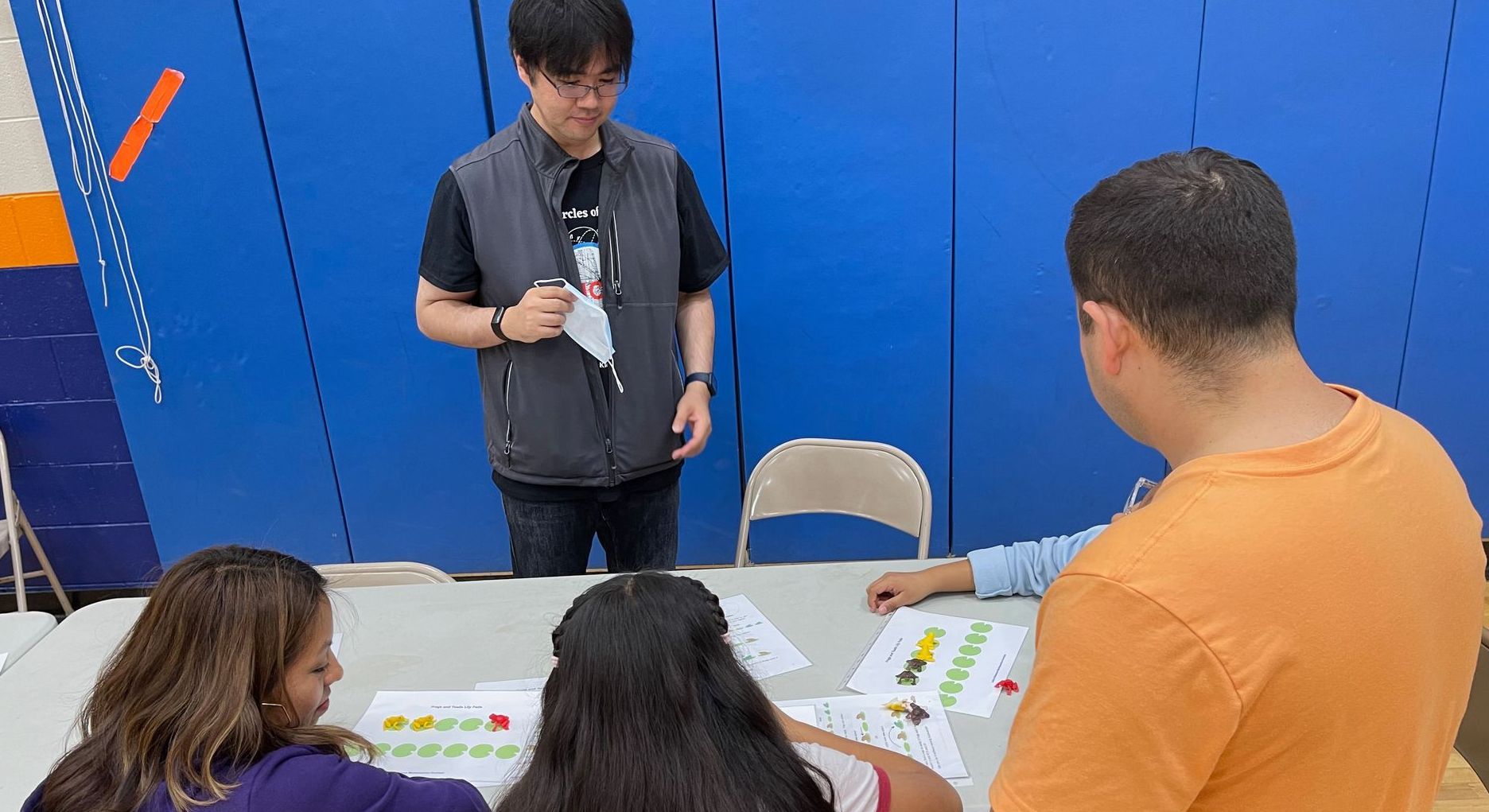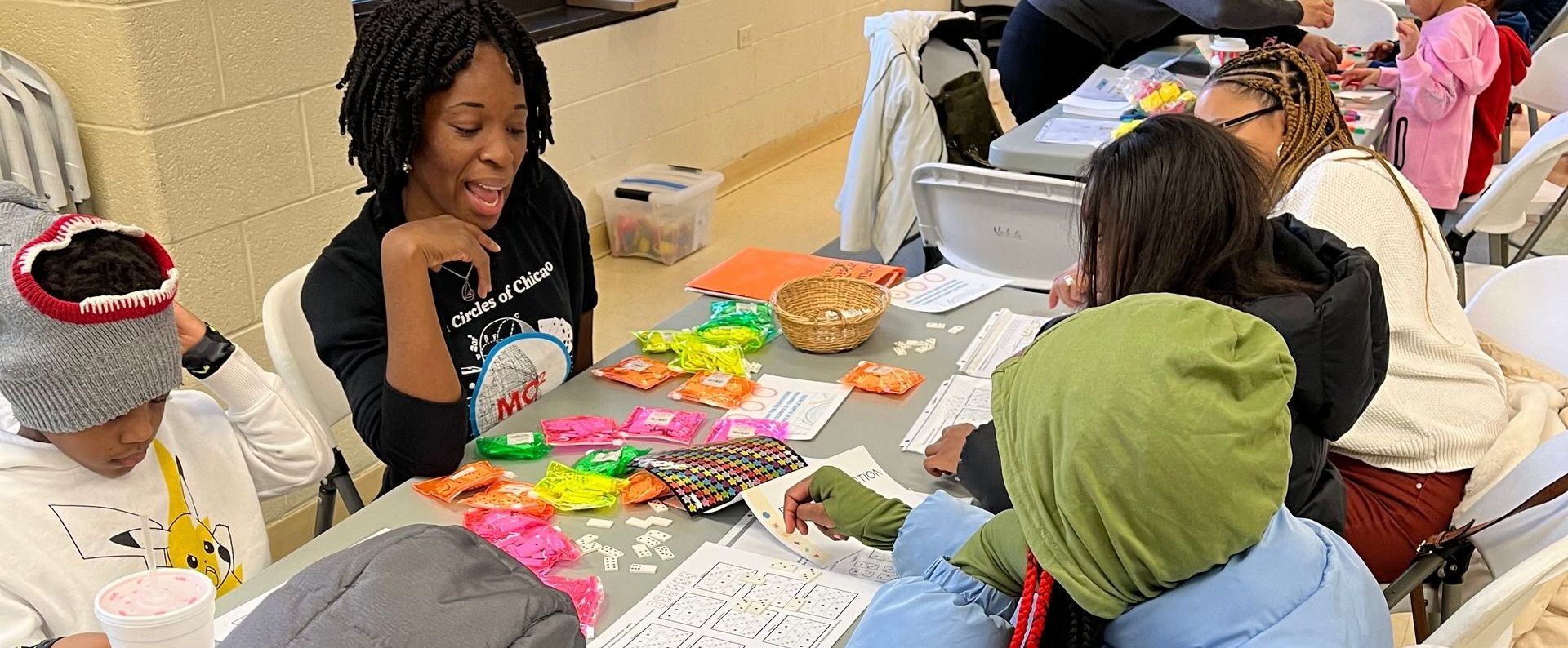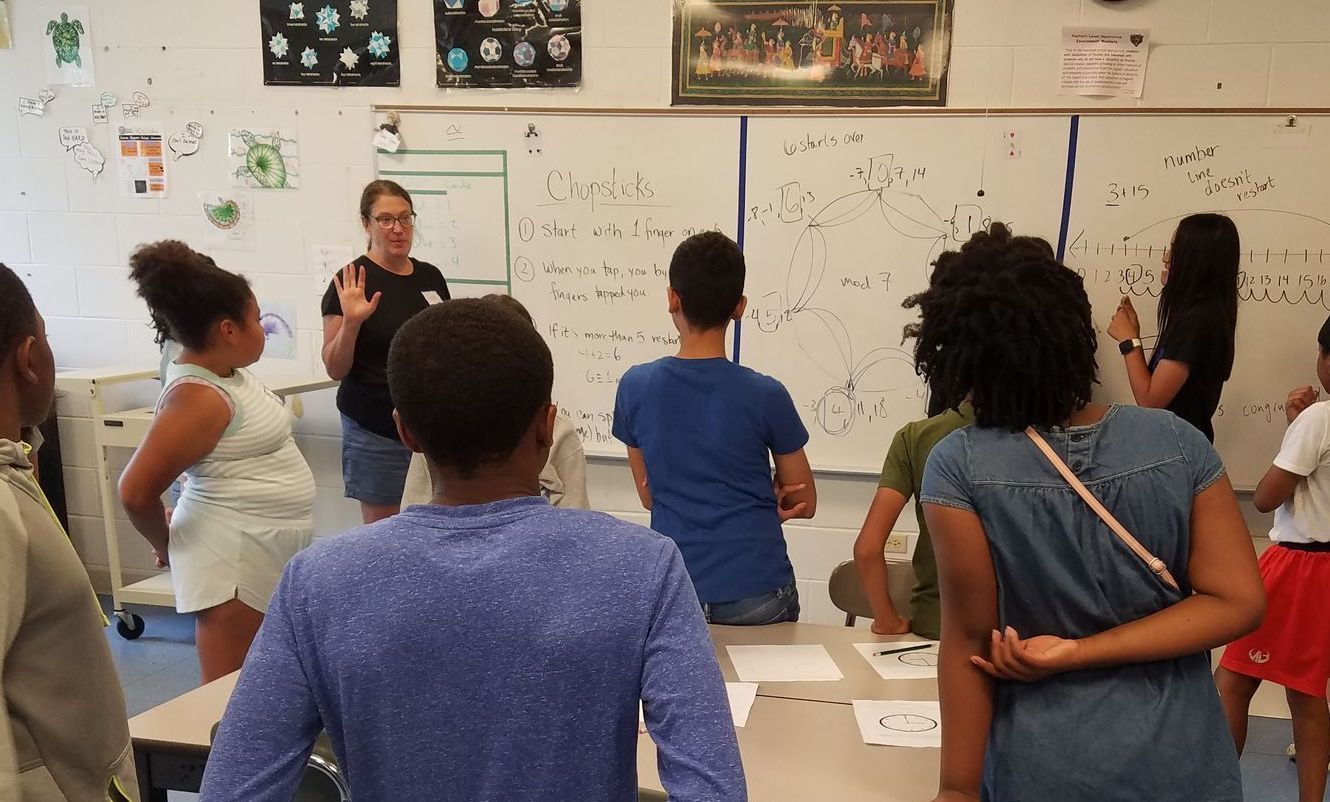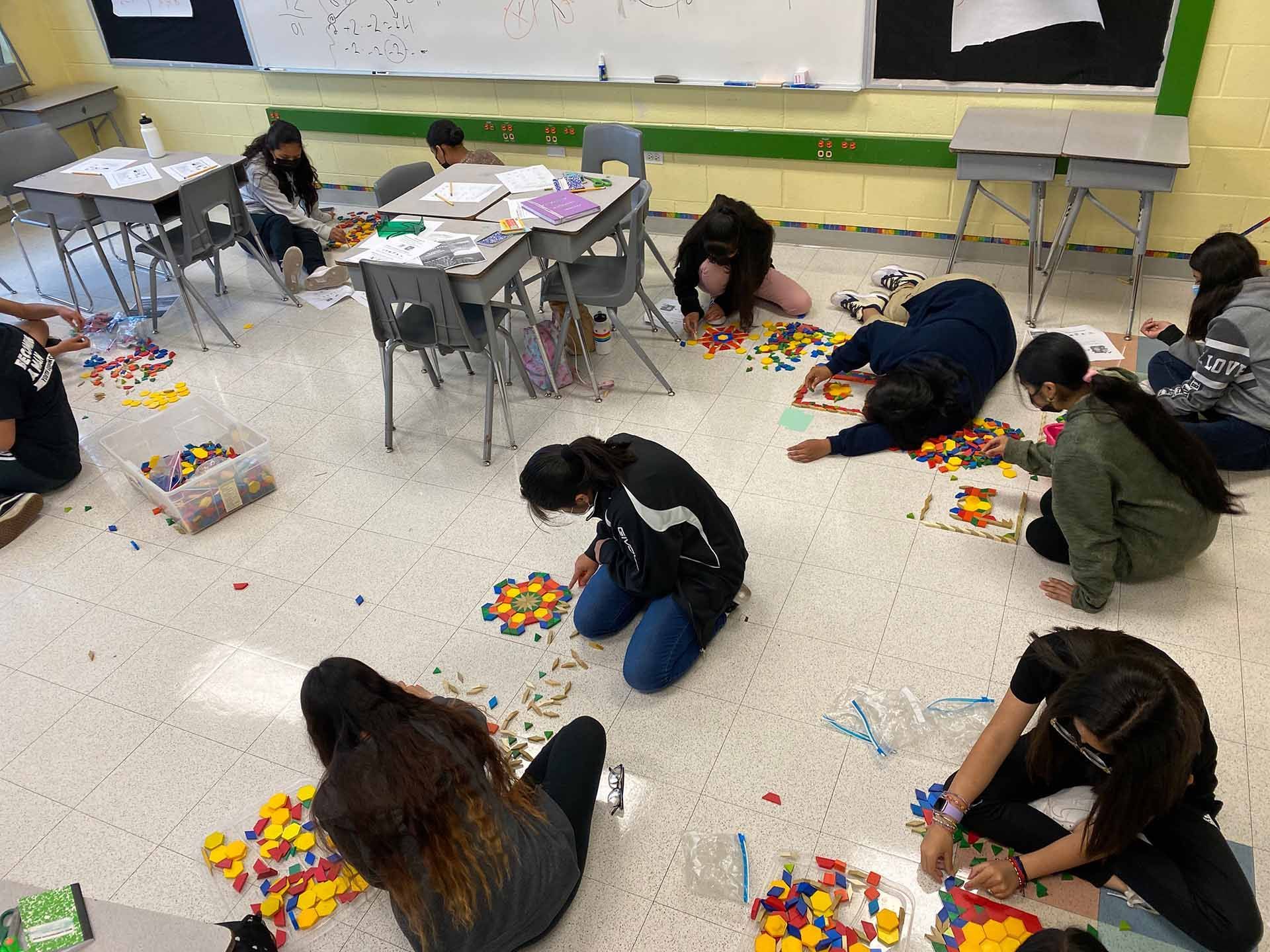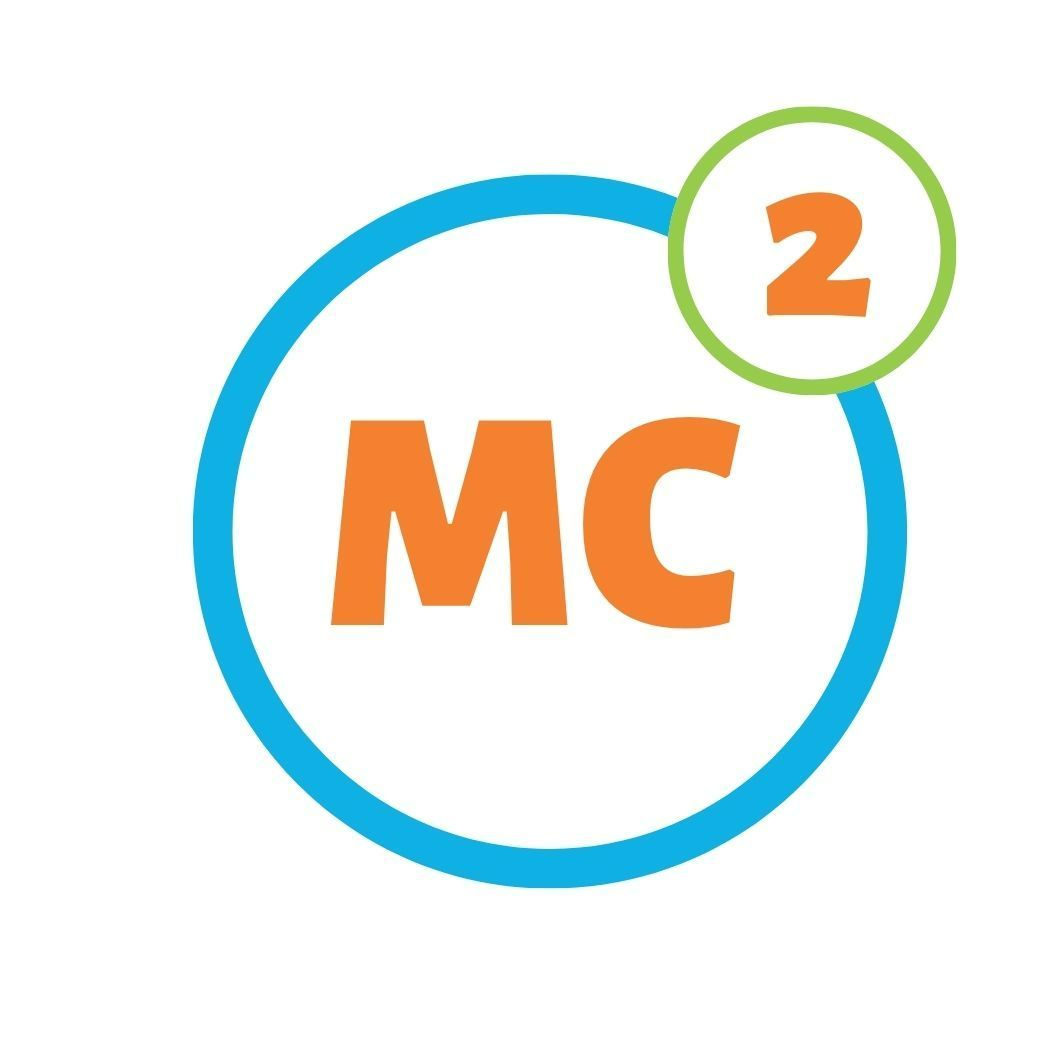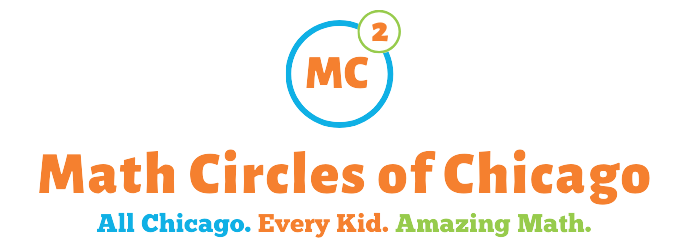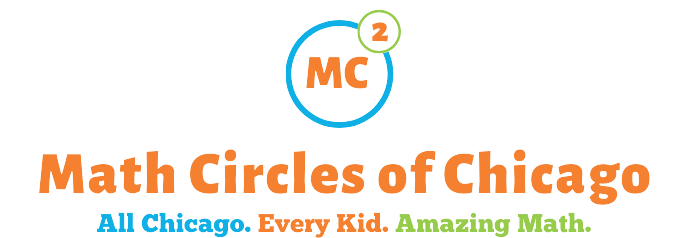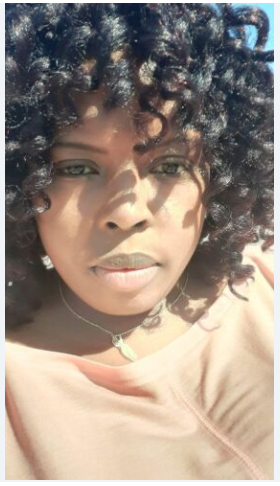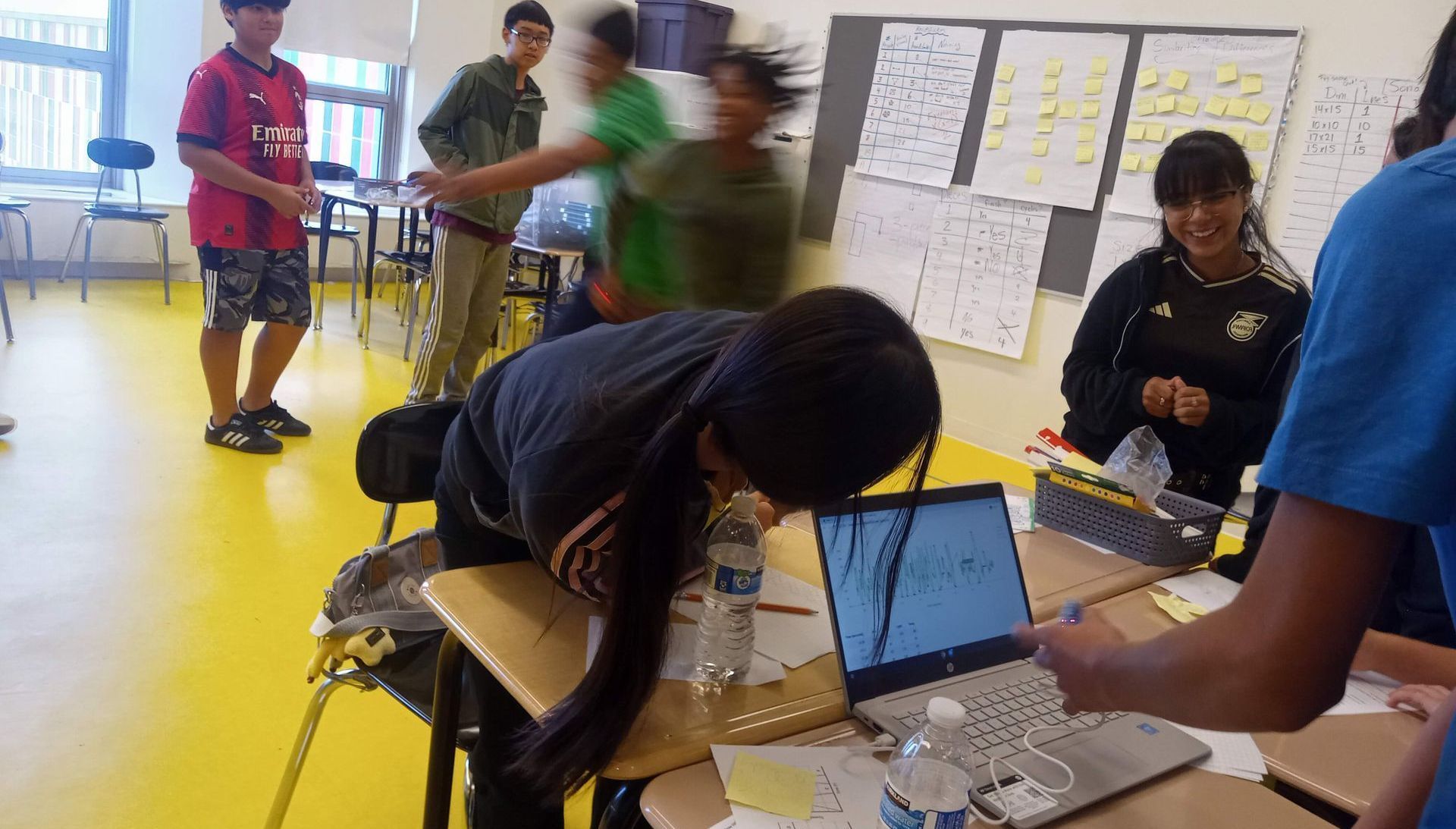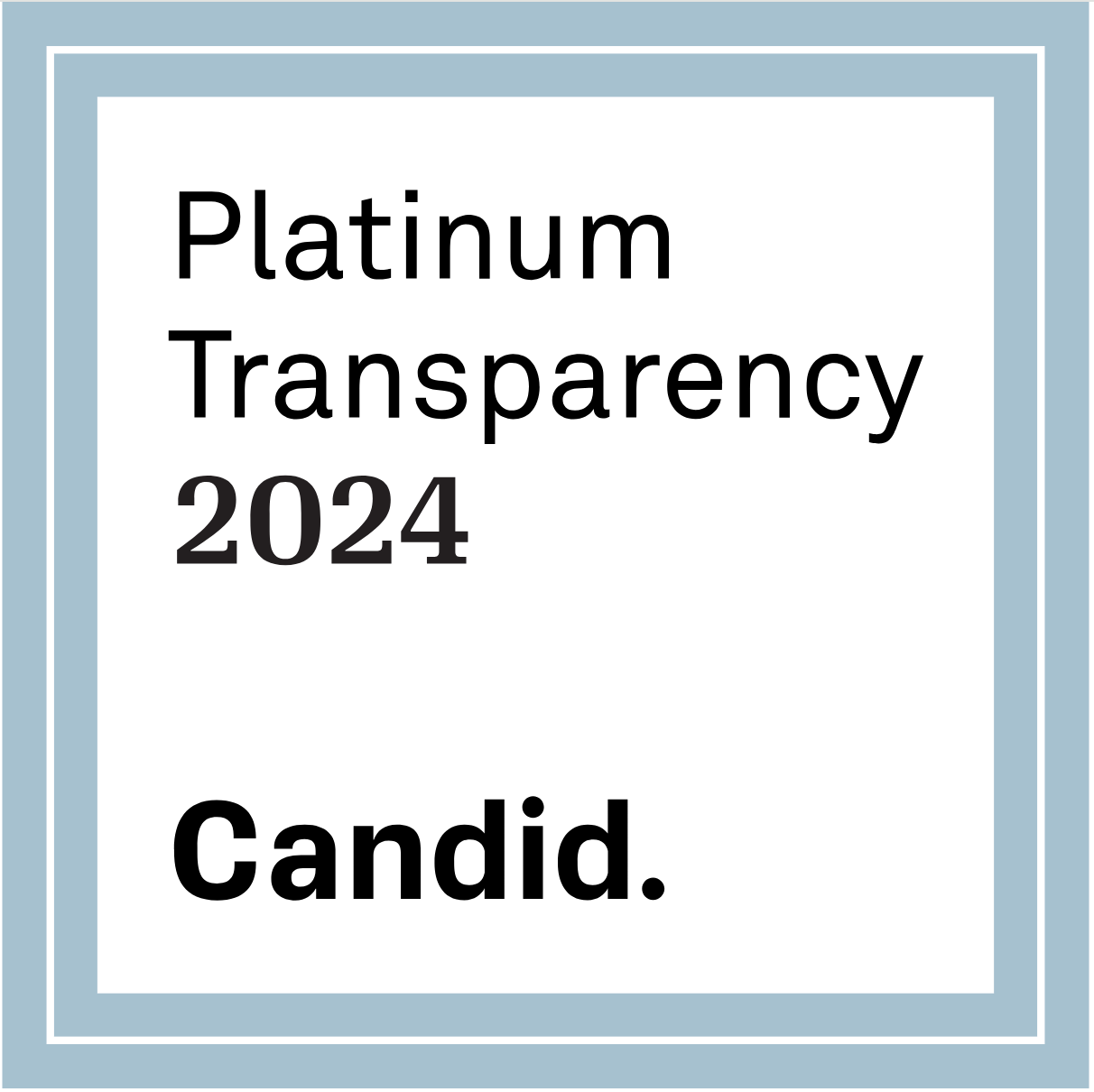In my last blog post I shared ideas for summer math reading, and reflected on the many genres of the ‘math book’. MC2’s mission is to build a life long love of math, and these books helped develop mine.
Our mission is also to expose students to novel mathematics. When I started teaching in the 90’s, I was fortunate enough to come across a magazine called Quantum: The Magazine of Math and Science. Quantum helped me get out of the ‘American Math Box’—it republished articles from Kvant, a magazine issued by the Russian Academy of Science. Challenging, whimsical, and always engaging, I had never come across anything like Quantum before. It was a shame that it was only published for a decade.
I was excited recently when I stumbled across an online archive claiming that the publishers had given Google Books the rights to let the public see all of its back issues. The bad news is that all the links I’ve tried don’t actually work. Perhaps the information on the internet is—gasp—wrong.*
The good news is that when I looked through my personal collection, I found I have two copies of more than half of the issues that were published (one set from my own subscription, the others a gift from my mentor Zalman Usiskin, emeritus professor at the University of Chicago).
I’d love to share some of these extras. I’m willing to mail (yes, the U.S. mail) a copy to any current Math Circle of Chicago student or teacher. Send an email to info@mathcirclesofchicago.org to make a request. You should have at least completed Algebra 1, and you should enjoy a challenge. Russian mathematical expectations are high! (The science in Quantum is also fabulous).
I’ve included my favorite Quantum problem below. It’s from the November/December 1994 issue—a classic. Fortunately, you can
access the Quantum ‘cyberteaser artchive’
, or check out this sampler
from one issue. Enjoy!
Fortunately, you can
access the Quantum ‘cyberteaser artchive’
, or check out this sampler
from one issue. Enjoy!
*June 16th Update: Archive found!!! Thanks to Anand Goel who did some more searching on the web and found the promised .pdfs of Quantum here: http://www.nsta.org/publications/quantum.aspx
My apologies for doubting the internet.
ACD and BCE are right isosceles triangles. Show that FGHI is a square, given that its vertices are the midpoints of the sides of nonconvex quadrilateral ADEB.

